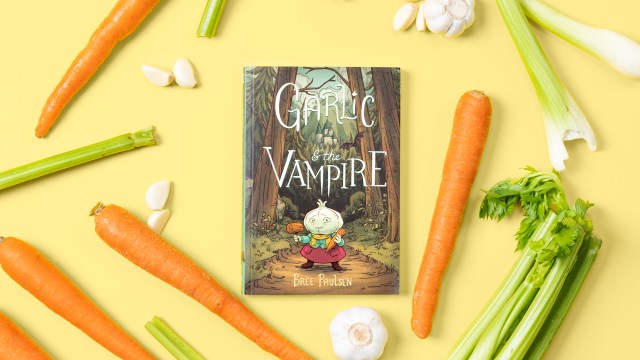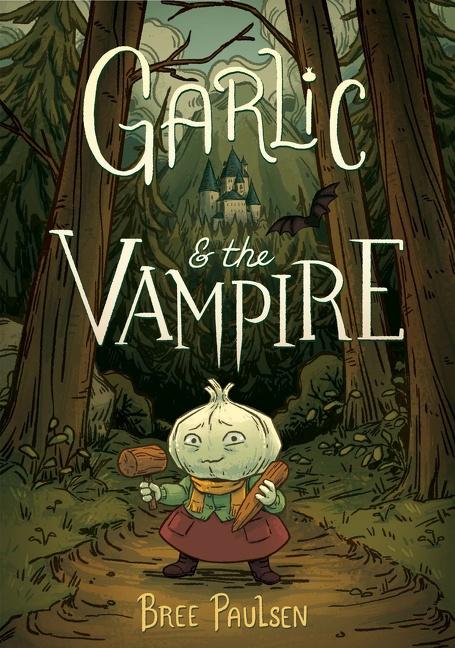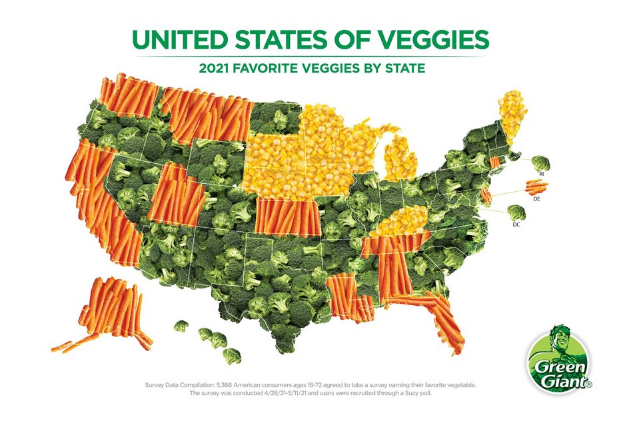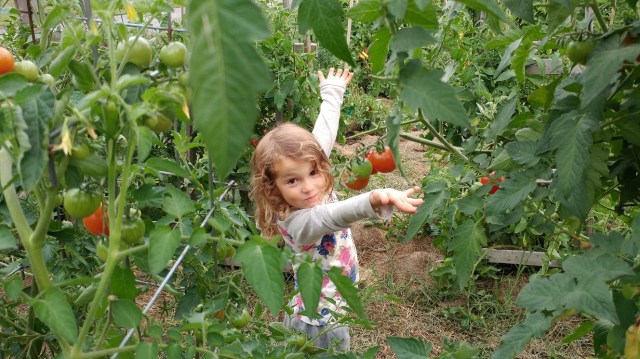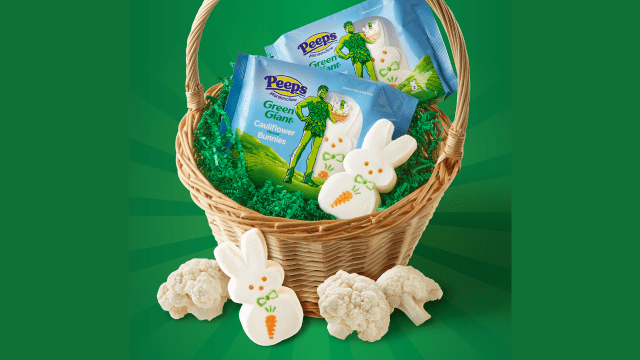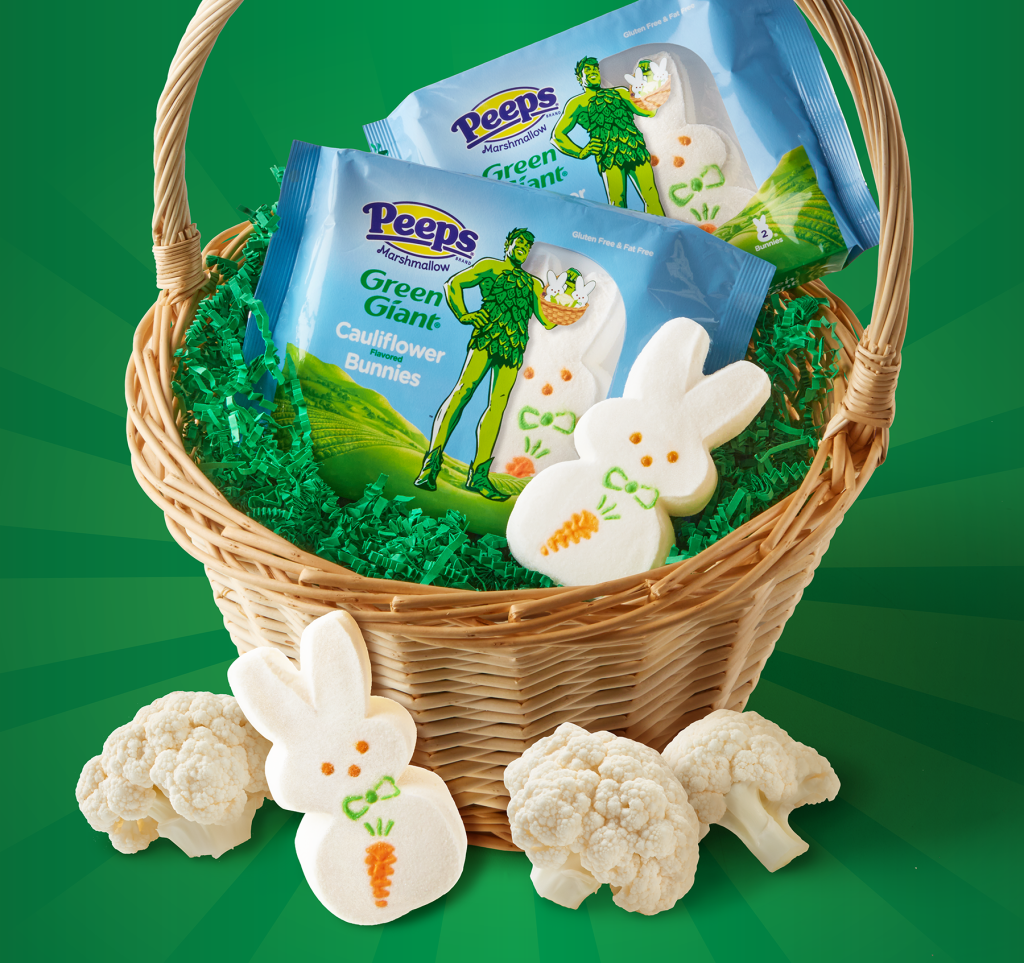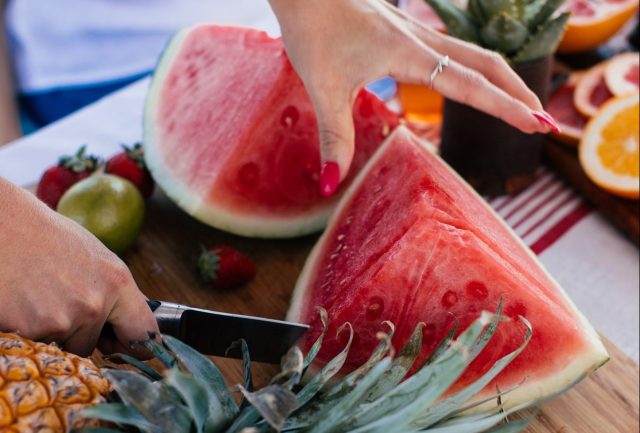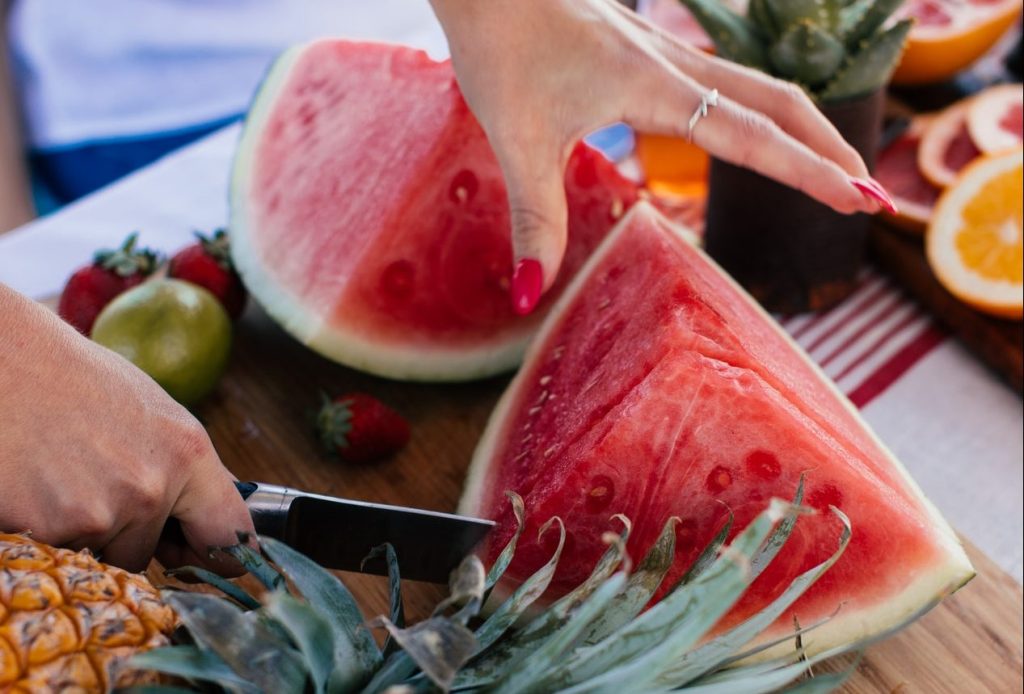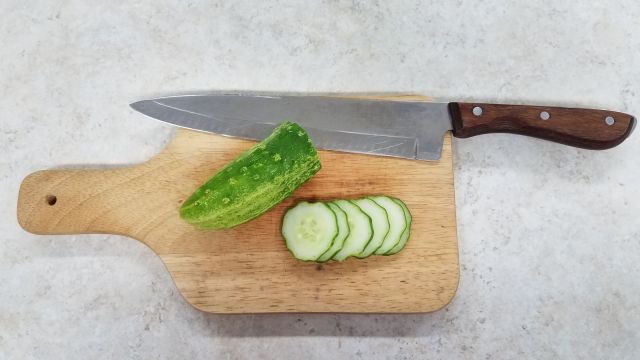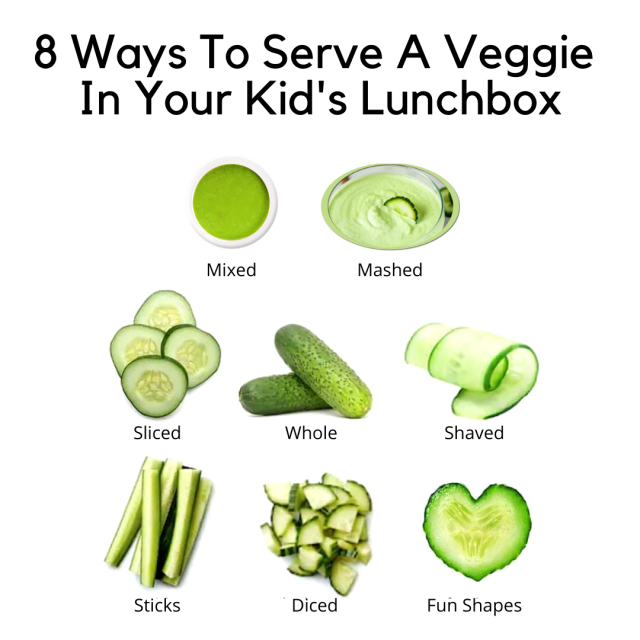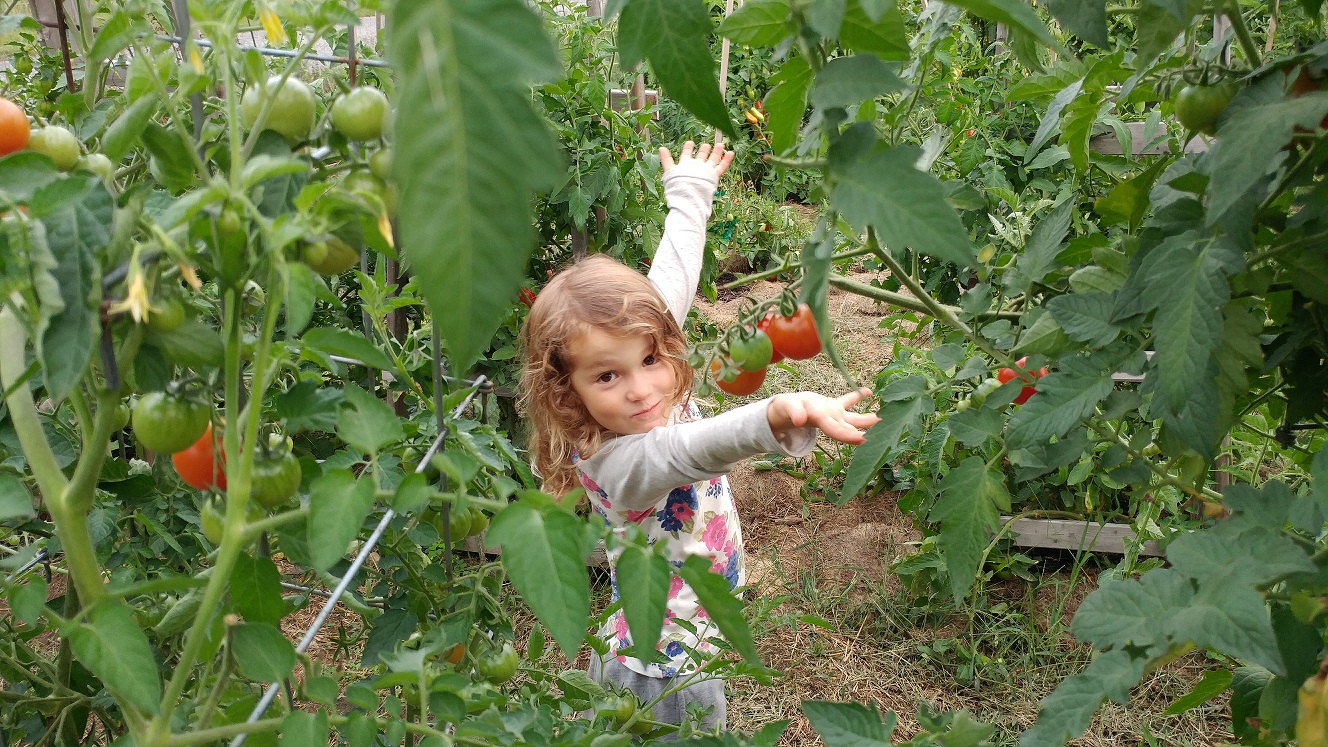
Getting kids involved in growing their own fruits and vegetables is one of the best ways to also get them to EAT those fruits and vegetables! But convincing kids that gardening isn’t just a chore you’re forcing them to do is another challenge entirely. One of the key strategies you can use to get kids excited about growing their own produce is choosing ones that will capture their attention.
There are four criteria you can use to help your kids choose fruits and vegetables that get them excited:
1. Quick Reward: Focus on produce that grow fairly quickly and will be ready to pick sooner rather than later
2. Kid-Friendly Picking: Focus on food that kids can pick and eat right off the plant, without too much work
3. Yummy Flavor: Choose fruits and veggies that your kids actually like to eat, or might learn to enjoy without too much fuss
4. Unique or Unusual Appearances: Choose produce that look so freaky or funny your kids can’t help but be curious
Another key to choosing which plant to grow—let them be a part of it! The more ownership your child feels over the process of picking and planting produce, the more likely they are to get invested. This is where resisting the urge to correct them or steer their decisions is going to be key. Give them some guidelines about how much space they have, how many plants will fit, and how much money they are allowed to spend. If it helps, give them some choices based on our guidance by telling them a bit about their options.
Great Produce Choices for Kids:
Cucumbers: First, cucumber seeds are recognizable right away because they look exactly like, well, cucumber seeds. Your kid will get a kick out of the fact that they recognize these seeds from when they are eating cucumbers. In addition, cucumbers are one of the fastest seeds to sprout, and they come up with determination. I am always pleasantly surprised to plant cucumbers and come back to seedlings popping up within just a few days. And lastly, cucumbers are often a favorite in kids’ vegetable choices. Consider a small snacking variety that will be ready sooner, and allows your kids to simply pick them off the vine and eat them like apples. They’ll feel like they’re doing something sneaky!
Cherry Tomatoes: There is no better vegetable to grow for snacking right off the vine than cherry tomatoes. The fun thing about this veggie is that they come in way more varieties than you’ll see at a grocery store. And, if you buy a cherry tomato seedling it will be one of the first tomato plants to produce edible fruit. Try a fun sweet variety like Sungold, or go for something dramatic like black cherry. Allow kids to plan their own cherry tomato, choose a cage to support it, and—when ready—eat to their heart’s content without making them collect or save them.
Watermelon: A little bit harder to grow because they need more space, watermelon is still a fun option to try because it makes for a more dramatic result. For quicker satisfaction go for a mini watermelon variety that will be ready a bit sooner, and buy a nice healthy start so that they aren’t waiting for something to start from seed. For best results, look for something seedless or with minimal seeds so that kids aren’t frustrated with seedy flesh. For something a bit more fun and unusual, go for the cucamelon—a fruit that looks like a tiny watermelon and tastes like a cucumber with a hint of lime. They’re tiny bite-sized fruit that kids can pop in their mouths and enjoy while walking through the garden.
Yard Long Beans: In the category of fun and unusual nothing quite beats the yard-long green bean. They grow on vines that will crawl up a trellis and, when ready, can be up to 12 inches long. Cook them without cutting them so kids can eat them with their fingers and have a little playtime at the dinner table! For added fun, plant any type of green bean on a vertical bean tower—you can literally grow the walls of a fort for the kids to play in!
Decorative Gourds: Another fun one in the looks category are decorative gourds. Basically, like a little pumpkin or squash that has all sorts of bumps and warts, these gourds aren’t usually edible but they are a fun addition to the garden and can be used to decorate at Halloween or Thanksgiving. There are a ton of varieties, or mixed blends of seeds to add diversity to the results.
No matter what you grow, the important thing is to give your child a section of the garden, let them make some choices and gently guide them toward success. Remind them to water and weed when needed so that they don’t lose their veggies entirely, but try not to do it for them.
RELATED STORIES:
11 Easy Ideas for Gardening with Kids (No Green Thumb Required)
7 Easy Indoor Gardening Ideas You Can Create Year Round
Amazing Fairy Houses & Gardens You Can Recreate
Carrie Williams Howe is the Executive Director of an educational non-profit by day, and parent, writer, and aspiring homesteader by night and weekend. She lives in Williston, VT with her husband, two young children, and a rambunctious border collie. Carrie writes about family, food, parenting, and homesteading.







